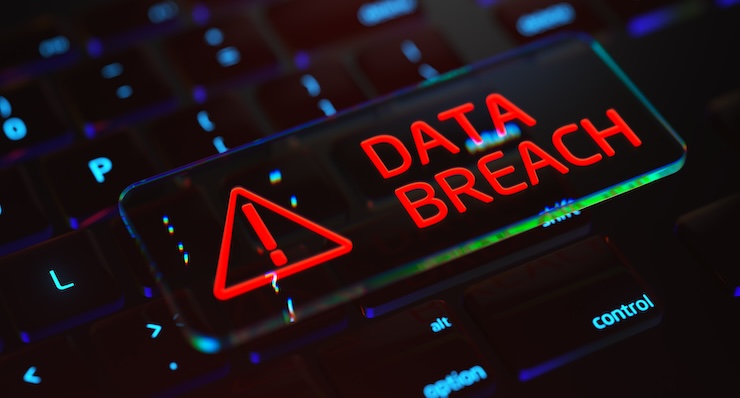In the past decade, international law enforcement agencies have cracked down on websites selling images of the sexual abuse of children. These sites were often operated as money-spinners for criminal gangs, but their need to find customers made them conspicuous, and Internet service providers could easily detect and block their URLs.
“Five years ago, there were a number of large, commercial websites for this material,” says Bjørn-Erik Ludvigsen, a criminal intelligence officer at Interpol. “Now that market has almost gone away.”
But that has far from eradicated the problem. The exchange of images by enthusiasts is still rife, and often takes place via peer-to-peer file-sharing networks, and using anonymisation technologies such as Tor, making it far harder to detect. And unlike criminal gangs, who are in it for the money, these enthusiasts have demonstrated a sexual interest in children.
According to experts speaking at a recent roundtable debate at the Houses of Parliament, the exchange of these images (Interpol advises against the use of the term child ‘pornography’) perpetuates the abuse of children in a number of ways.
First of all, individuals who use these images are indulging behaviour that means they may go on to commit acts of abuse. Secondly, participating in the communities that share these images normalises the sexualisation of children. And thirdly, the images become a social currency within these communities, creating demand for new images to be created.
“We know that a percentage of those people who look at these images have already committed a contact offence, and that a number will go on to commit a contact offence,” says Dr Ethel Quayle, a clinical psychologist specialising in this area. “There is empirical information on this.”
Cracking down on the exchange of these images, therefore, is not a matter of censorship but a critical tool for combating the sexual abuse of children. And according to Christian Sjöberg, CEO of child abuse imagery detection software company NetClean, it is something that businesses have a responsibility to participate in.
A workplace issue
According to Sjöberg, as many as 0.5% of the population – one in two hundred people – has an interest in images of sexual abuse of children. (Attempts to quantify this statistically vary wildly, however, with some discovering a smaller proportion, others much larger).
Furthermore, Sjöberg claims that these people often distribute the images from work. “This is a problem that is happening on organisations’ networks and that is being propagated by their own employees,” he says.
Why, given the consequences of being caught sharing these images at work, would anyone do that?
“Some form of compulsion or risk taking could be part of it, or they might be sharing images with colleagues at work – a number of rings have been found to be work-centred,” says John Carr, an international consultant on child safety and the Internet. “Also, it is possible that their home machine might be being monitored because of a judicial order, or they are worried about being discovered by their wife or children.”
Legally speaking, businesses are protected against liability if one of their employees is using their equipment to distribute such images, as long as they have an acceptable Internet use policy in place and have taken some measures to enforce it. However, the reputational risk is serious, not to mention the moral imperative to help crack down on this behaviour.
In the UK, the vast majority of Internet service providers voluntarily analyse their web traffic to block images of child sexual abuse. However, there are many ways to get around this, which is why Sjöberg argues that businesses cannot simply expect their ISPs to tackle this problem on their own.
“It is high time businesses took responsibility for this and stopped burying their heads in the sand,” he says. “I make a comparison with computer viruses. A company would not rely on the ISP to block computer viruses from entering the organisation, so why would it be different in this case?
‘You have to take care of your computers and your network just the same as you would in all other business processes.”






